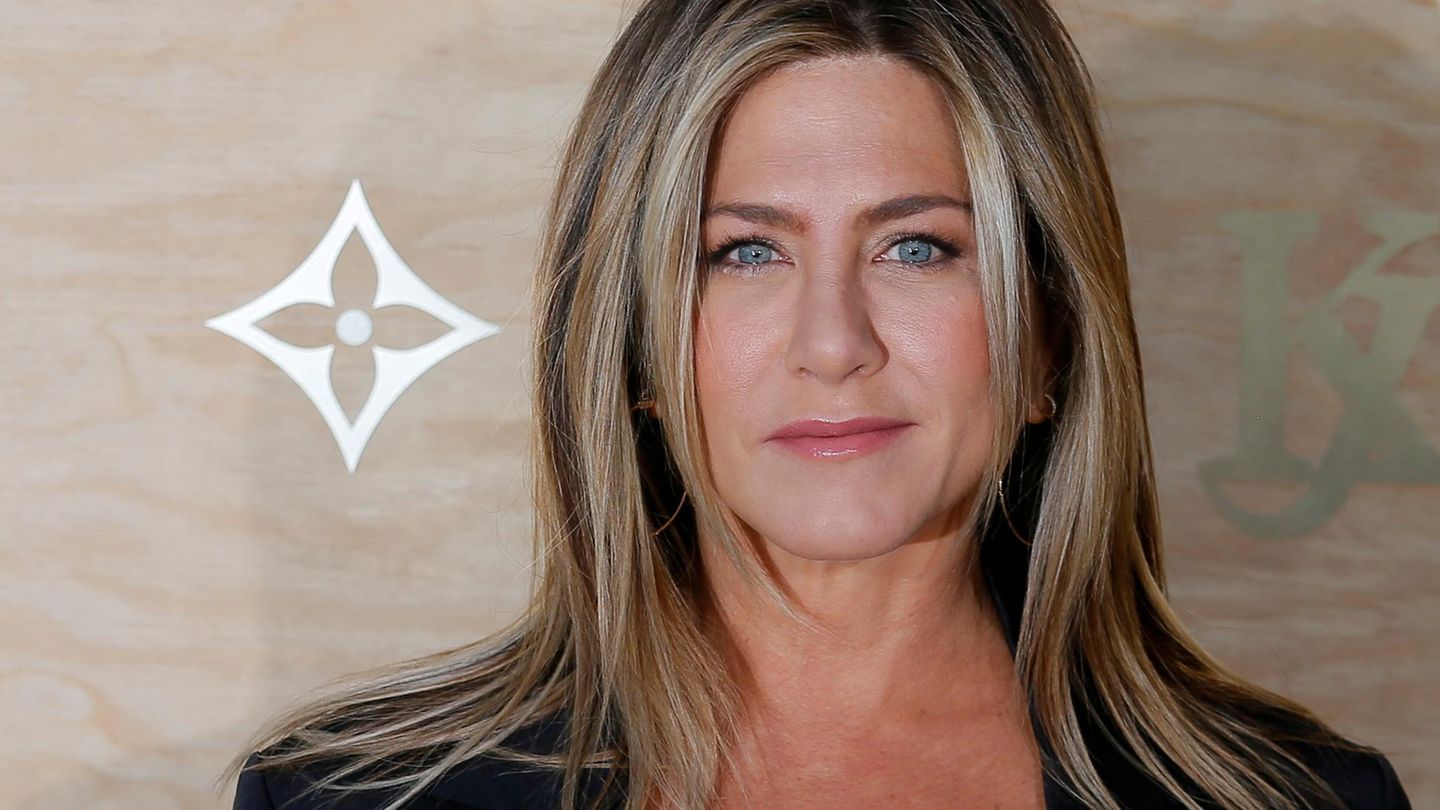The colored Nutri-Score labeling for food is becoming more and more common in refrigerated counters and store shelves. Now a pioneer on the German market is putting the brakes on.
Muesli, yoghurts, frozen pizzas: the colorful Nutri-Score logo, which is intended to help supermarket customers buy healthier food, can now be seen on more and more packages. Manufacturers have been using it more and more in recent years – but now there is a setback. Danone, a pioneer in introducing it in Germany, is removing the logo from parts of its range after making changes to the calculation model. Consumer advocates then again called for nutritional labeling to be made compulsory.
As Danone announced, the Nutri-Score will be gradually removed from drinkable dairy products and plant-based drinks, such as oat-based ones, from September onwards. According to the new algorithm, they would be classified in the same category as soft drinks, although it has been scientifically established for decades that milk drinks and milk alternatives are considered food. This would cause confusion among consumers and would lead to “completely absurd and no longer comprehensible Nutri-Score ratings”.
Logo with colors and letters
There have been discussions for some time about the method of evaluating the labeling developed in France. The name means something like “nutritional score”. In addition to sugar, fat and salt, it also includes recommended elements such as fiber, protein or the proportion of fruit and vegetables. Points are awarded for the amounts per 100 grams. The result is an overall value that is shown and highlighted on a five-level scale: from “A” on a dark green field for the most favorable balance, to a yellow “C” to a red “E” for the least favorable.
Last year, a committee of the states in which Nutri-Score is officially recommended decided on changes to some calculations. Accordingly, milk, milk and plant-based drinks are now rated as drinks and no longer as general foods, as the Federal Ministry of Food explained at the time after the scientifically developed changes. Water is still the only drink that can receive the best “A” rating. There is a transition period until the end of 2025 for the changeover to the new conditions.
Industry warns against “wrong signals”
Danone justified the partial withdrawal by saying it wanted to avoid confusion on the supermarket shelf. For example, a spoonable yogurt could now get a better rating than the drink version of the same oat product. The changes had already sparked criticism in the industry. The dairy industry association warned against sending the wrong signals if the same criteria as juice or lemonade applied to milk and milk-based drinks. This meant that nutritionally valuable whole milk could only get a “C” even though it provided proteins, vitamins and calcium.
The consumer organisation Foodwatch, however, stated: “As soon as some products receive an orange or red traffic light, Danone backs out of the consumer-friendly labelling with the Nutri-Score.” Responsibility for healthy eating looks different. In fact, some products are now slipping out of the green score range. However, a stricter assessment of sugary drinking yoghurts would make sense. After all, they are not foodstuffs, but are usually consumed outside of meals as liquid snacks.
Regrets at the Ministry – more than 1,300 brands registered
When asked, the Ministry of Food said it was regretful to note Danone’s decision. The Nutri-Score had been revised based on the latest scientific findings. In the beverage group, it had been found that there was insufficient differentiation. In order to make it easier to choose cheaper products, it was necessary to better differentiate drinks with a low sugar content from alternatives with high levels. 890 companies with 1,320 brands are currently registered to use the Nutri-Score. Since the new algorithm came into force at the beginning of 2024, eight brands have been deregistered – after 16 deregistrations in the whole of last year.
Consumer advocates call for an end to “cherry picking”
The general orientation of the logo, which is intended to be a supplement to the mandatory information in the small print ingredients list, is also coming back into focus. Suppliers can use it on a voluntary basis, but must then adhere to the guidelines. “The principle of voluntariness has failed,” criticized Foodwatch expert Luise Molling, and again called for a mandatory Europe-wide introduction. “The cherry-picking of corporations must come to an end.”
Source: Stern




